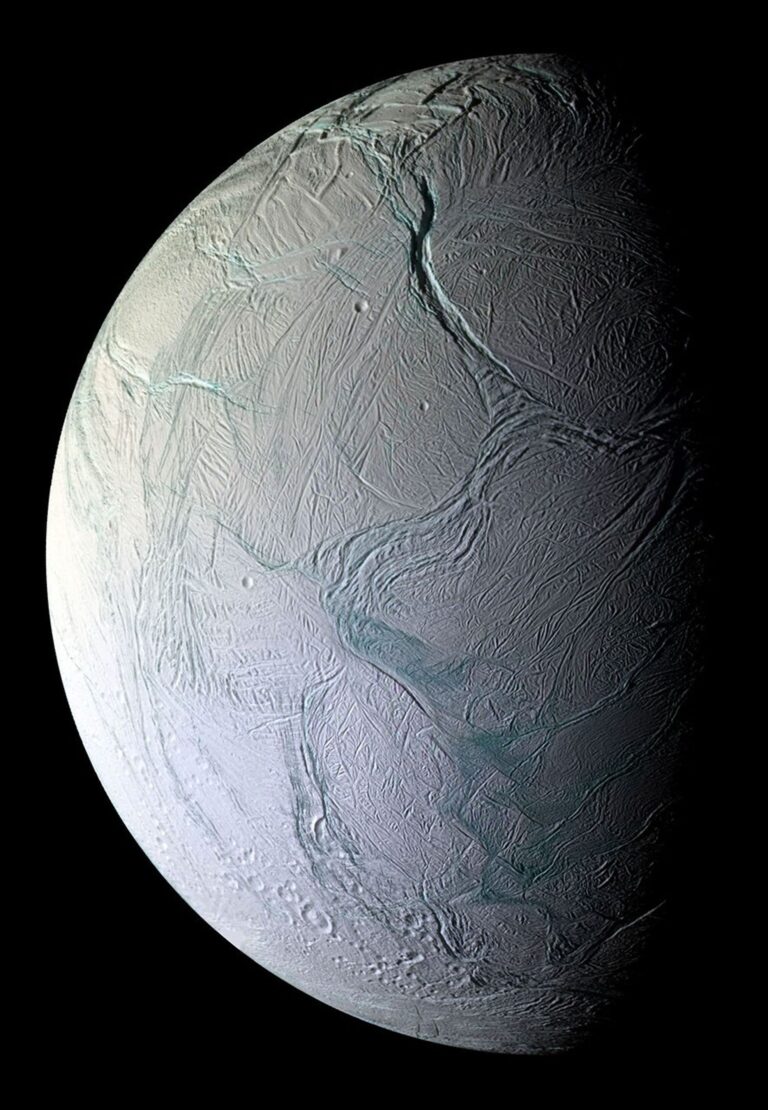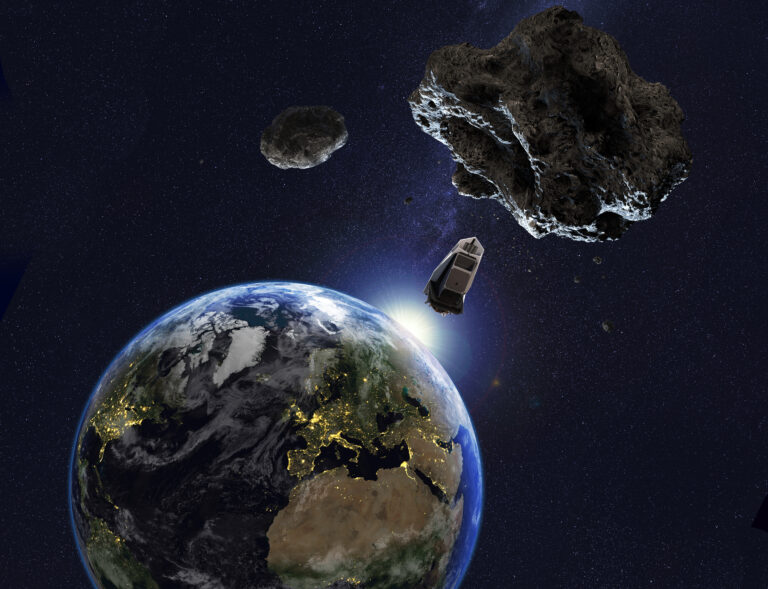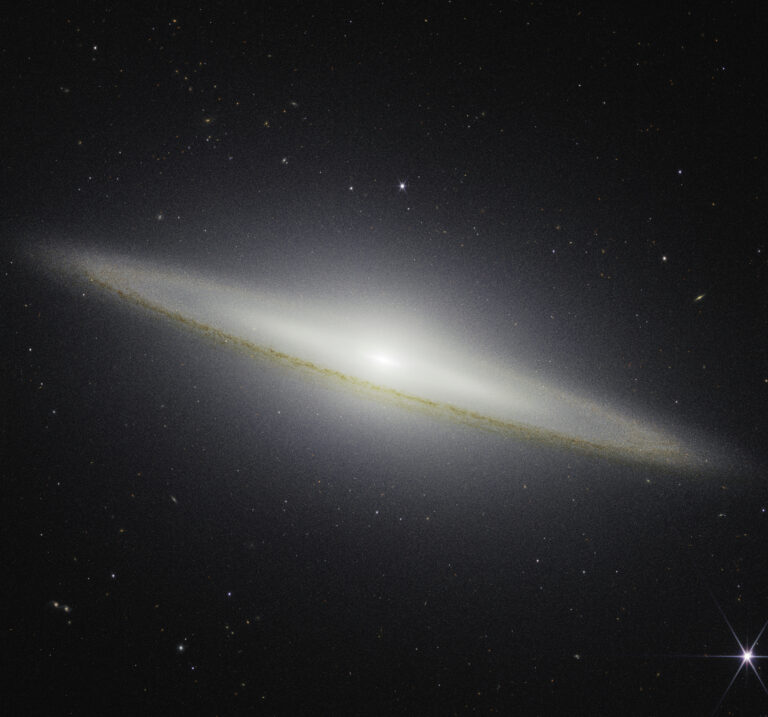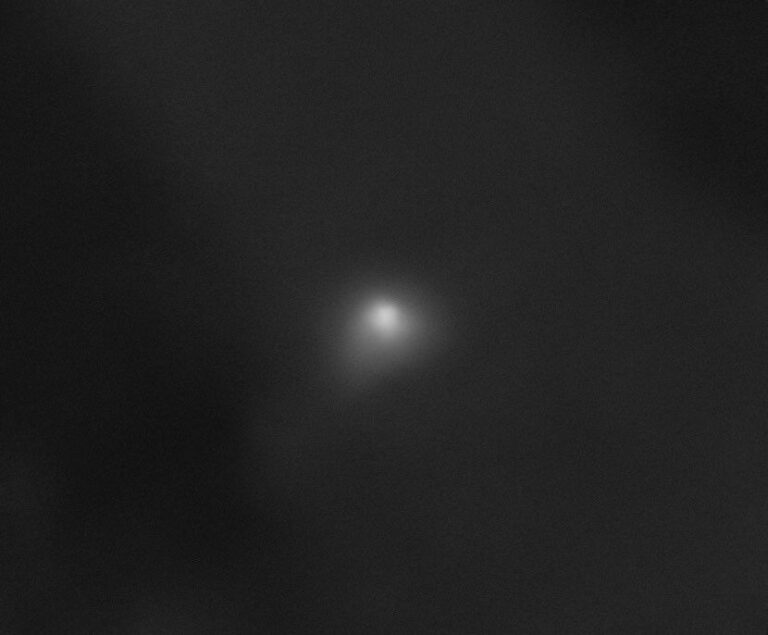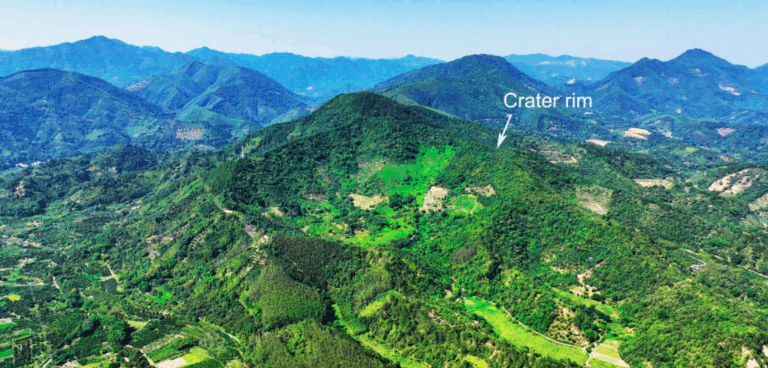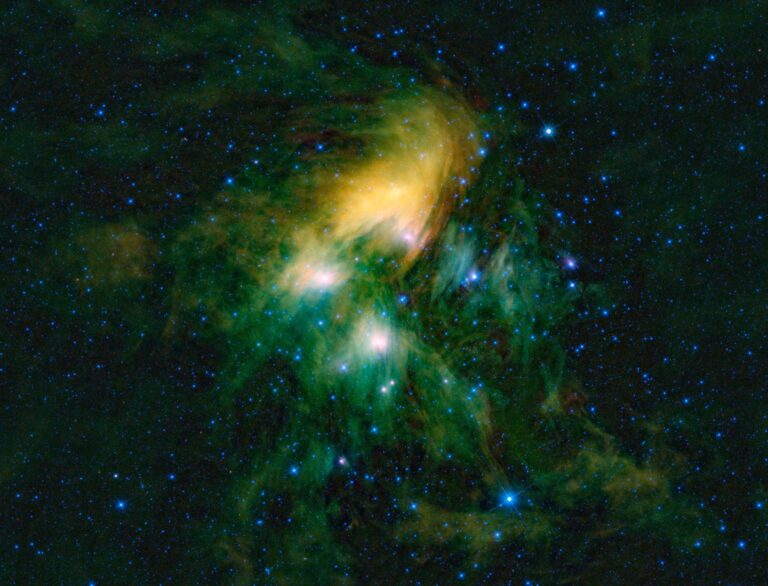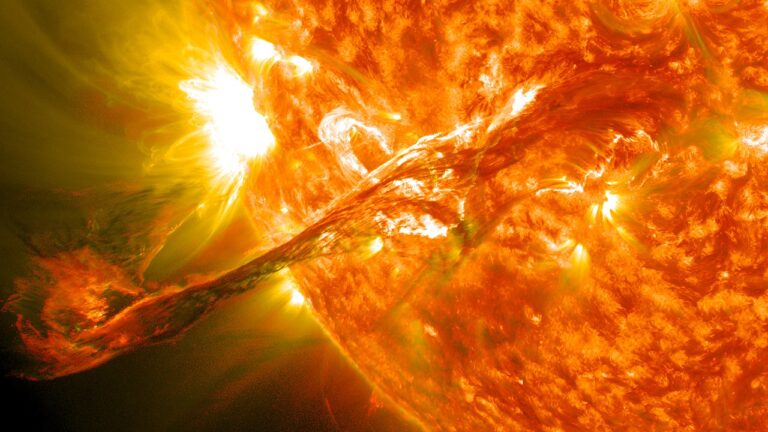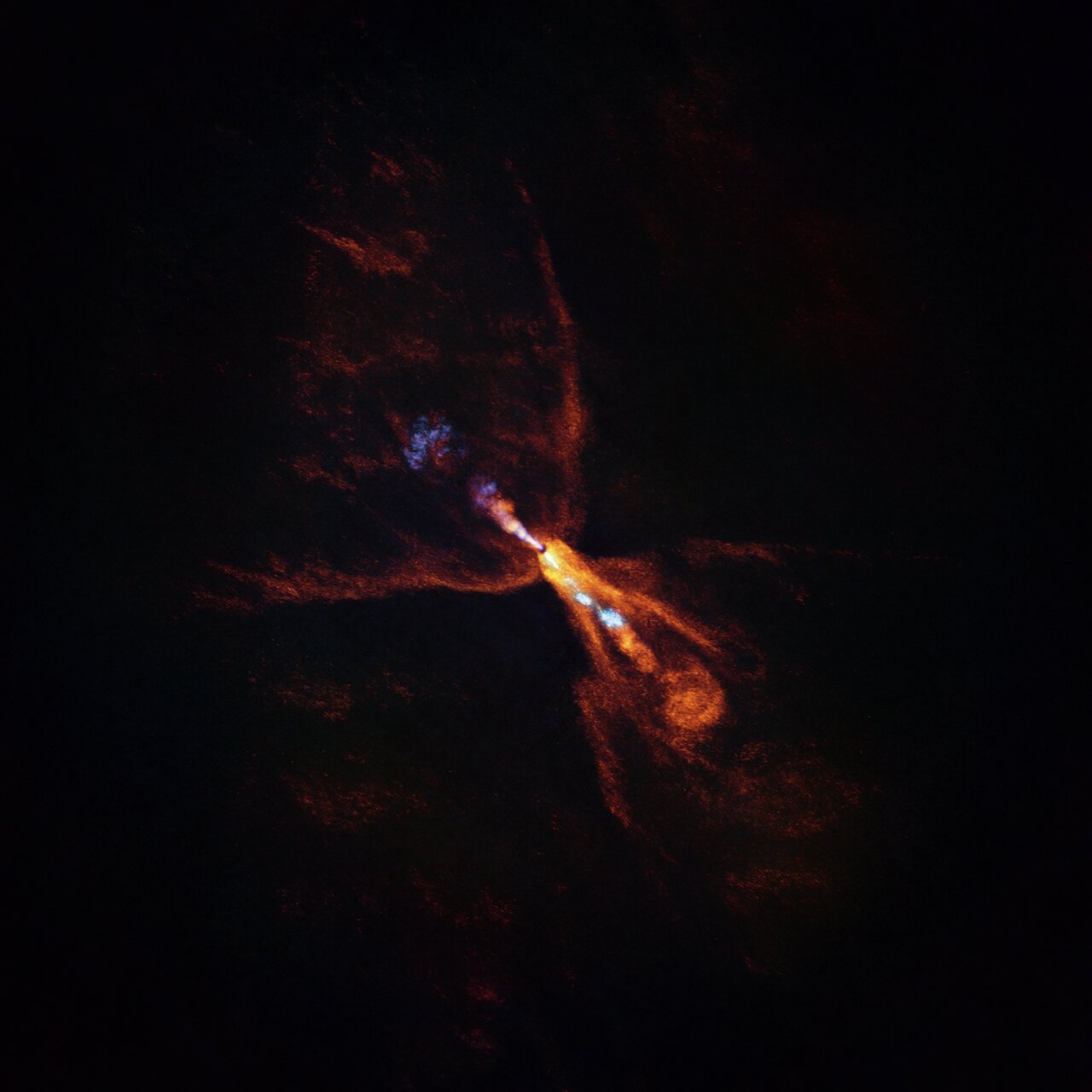
Key Takeaways:
- A new planetary system is forming around the young star HOPS-315.
- Scientists observed the earliest stages of planet formation around another star.
- The process involves the cooling and solidifying of silicon monoxide (SiO) minerals.
- This discovery helps us understand how our own solar system formed.
A newborn planetary system is forming around HOPS-315, a protostar (one that recently formed) that sits some 1,300 light-years away in the constellation Orion the Hunter. This star isn’t in the star-forming region known as the Orion Nebula, however. It lies in a region of space known as the L1630 molecular cloud. Astronomers often see discs of gas and dust around such stars that are the birthplaces of new planets.
“For the first time, we have identified the earliest moment when planet formation is initiated around a star other than our Sun,” says Melissa McClure, a professor at Leiden University in the Netherlands and lead author of the new study, published today in Nature.
Co-author Merel van ‘t Hoff, a professor at Purdue University, compares their findings to “a picture of the baby solar system,” saying that “we’re seeing a system that looks like what our solar system looked like when it was just beginning to form.”
While astronomers have previously seen young discs that contain newborn, massive, Jupiter-like planets, McClure says, “we’ve always known that the first solid parts of planets, or planetesimals, must form further back in time, at earlier stages.”
Astronomers study meteorites, which contain the first solid material that condensed near Earth’s distance from the Sun, to determine our solar system’s age. Such meteorites contain minerals that feature the molecule silicon monoxide (SiO). These minerals can condense into particles, even at the extremely high temperatures present near a new star. As time goes on, these particles merge, becoming larger and eventually forming planets, moons, and asteroids. The first large bodies in our solar system formed just after the condensation of these crystalline minerals.
Astronomers have now found evidence of these hot minerals beginning to condense in the disc around HOPS-315. Their data show that SiO exists in its gaseous state, as well as within these crystalline minerals, suggesting it is only just beginning to solidify. “This process has never been seen before in a protoplanetary disc, or anywhere outside our solar system,” says co-author Edwin Bergin, a professor at the University of Michigan.
These minerals were first identified using the James Webb Space Telescope. To find out where exactly the signals were coming from, the team observed the system with the Atacama Large Millimeter/submillimeter Array (ALMA), which is operated by the European Space Agency together with international partners in Chile’s Atacama Desert.
The science team determined that the chemical signals were coming from a small region of the disc around the star eat the same distance as the asteroid belt around the Sun. “We’re really seeing these minerals at the same location in this extrasolar system as where we see them in asteroids in the solar system,” says co-author Logan Francis, a postdoctoral researcher at Leiden University.
HOPS-315 provides a wonderful analog for studying our own cosmic history. As van ‘t Hoff says, “This system is one of the best that we know to actually probe some of the processes that happened in our solar system.”

